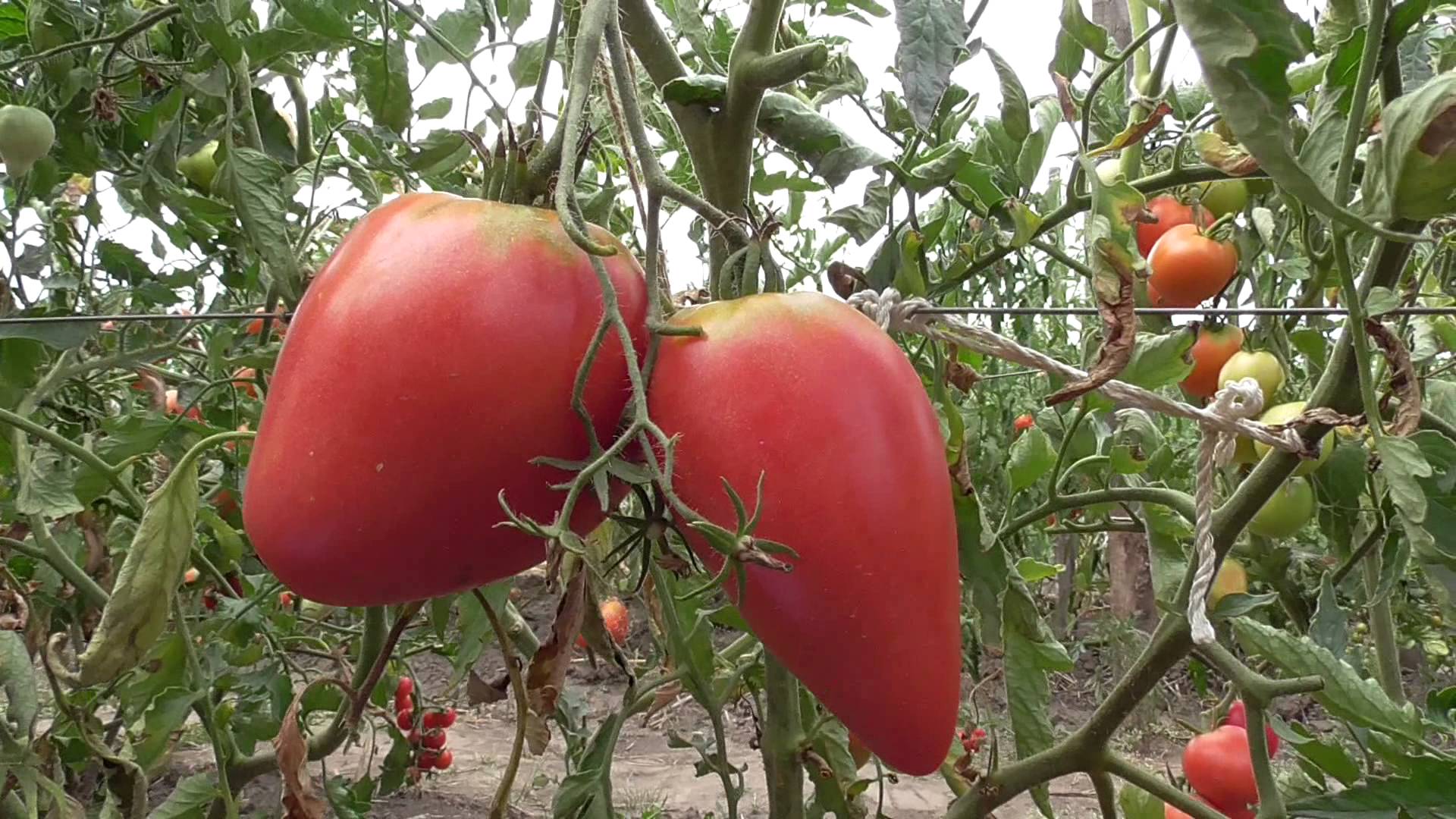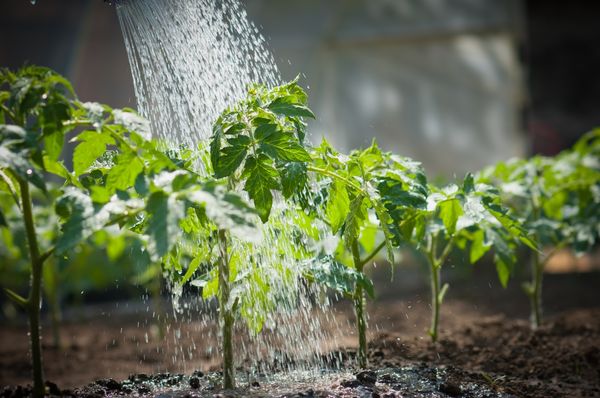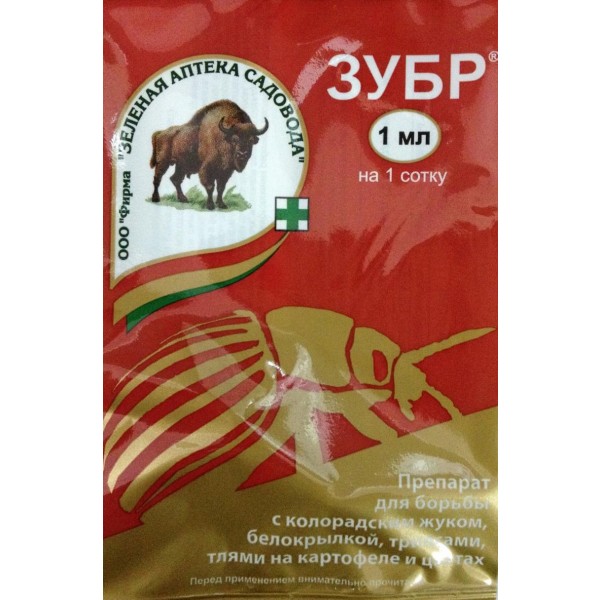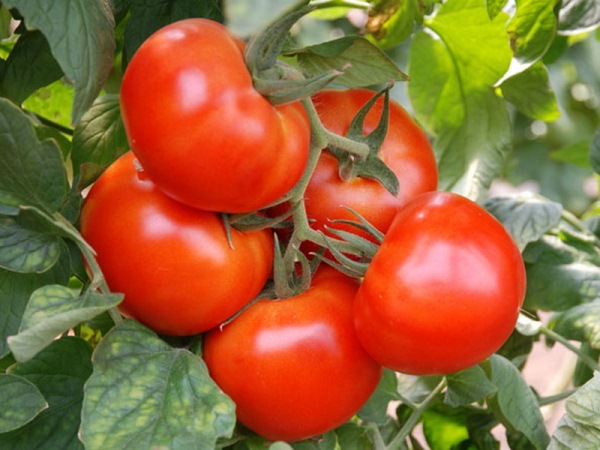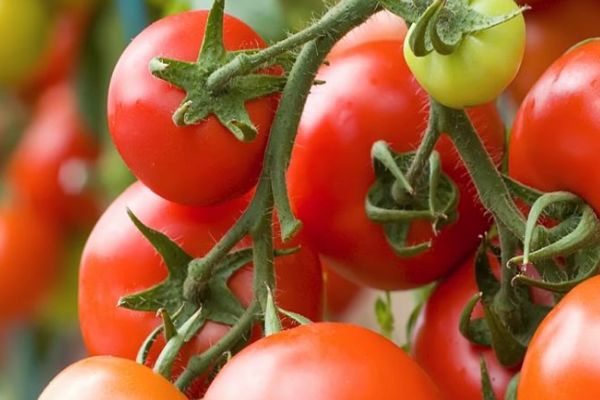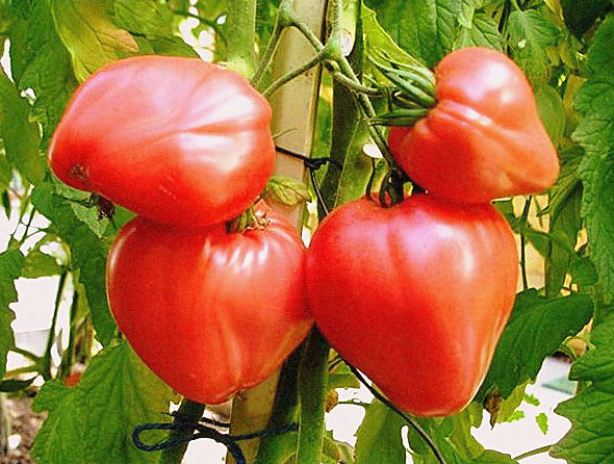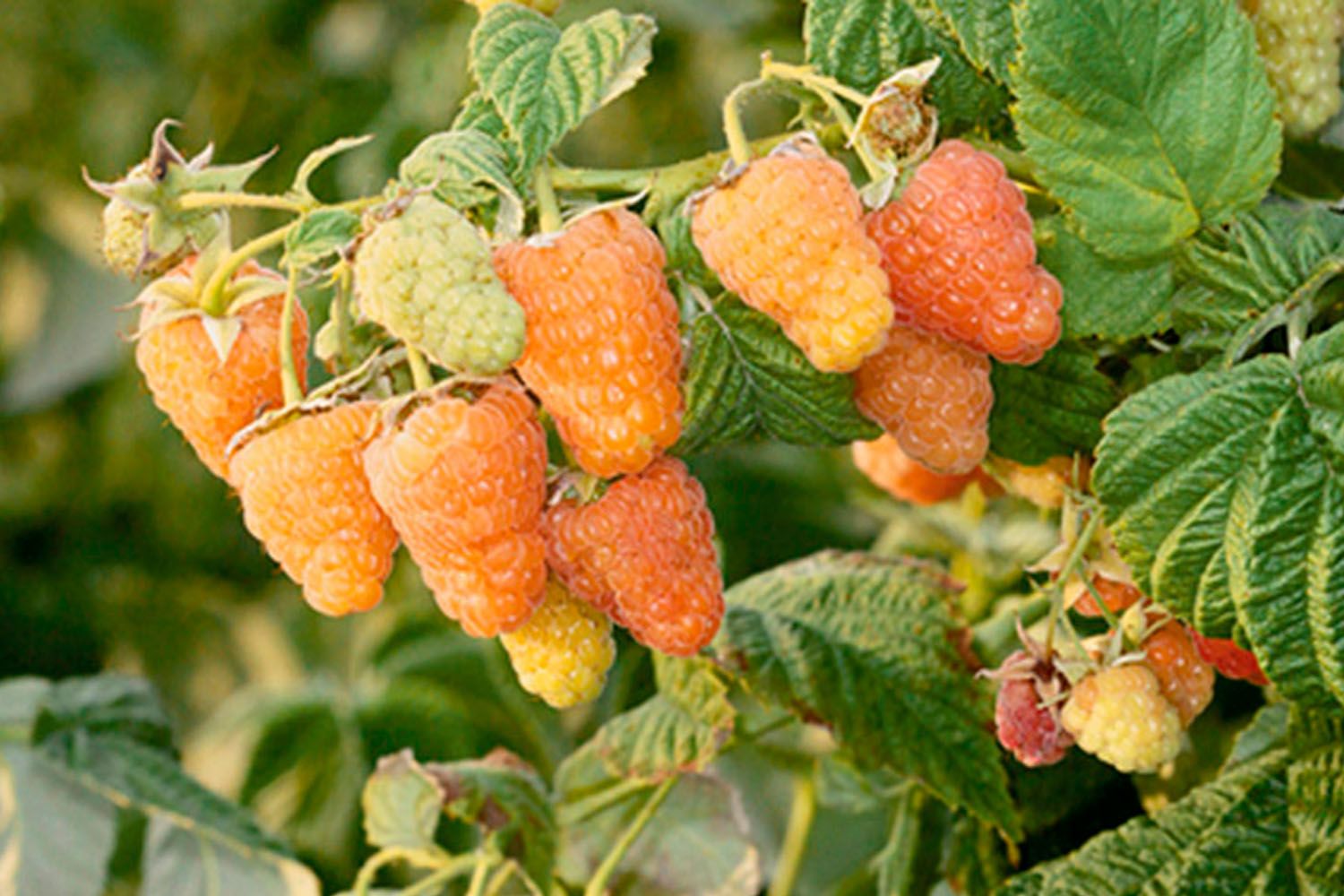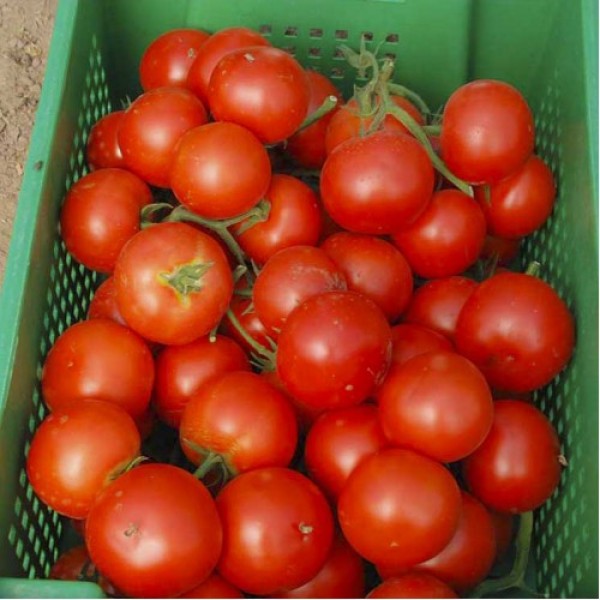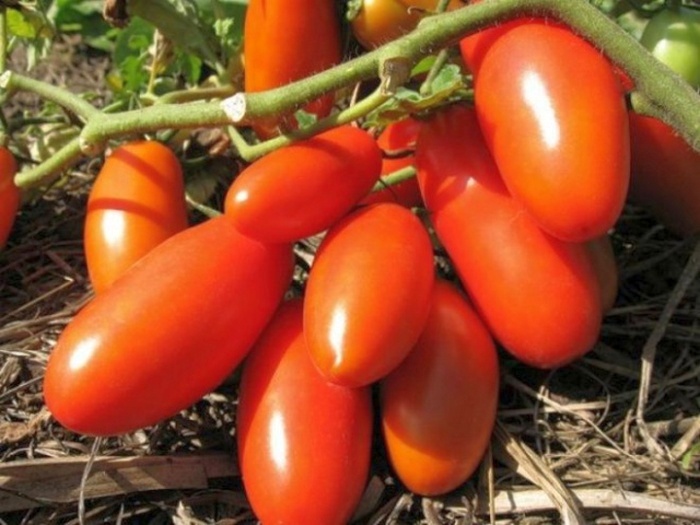Content:
Siberian miracle tomatoes are the result of the work of Altai breeders. Work on the breeding of this variety began at the end of the last century and was completed at the beginning of this one. The goals set by the breeders have been met. Namely, a variety of tomatoes was created that can be grown in the latitudes of the North and the Urals, where difficult climatic conditions prevail, and a decent harvest is ensured from it. Testing of the variety confirmed all the declared characteristics. As a result, this variety of tomatoes was included in the State Register of the Russian Federation.
Characteristics and description of the variety
The Siberian miracle tomato lives up to the name given to it by the breeders. He conquered summer residents and gardeners who grow tomatoes in the Siberian region. Its productivity was also appreciated by vegetable growers in central and southern Russia.
The tomato is grown both in the open field and in the greenhouse. Bushes in open beds are up to 1.6 meters high, in a greenhouse the height is slightly higher. The bush is formed into one or two stems, it belongs to indeterminate plants (grows continuously), the stems of the stems are powerful and durable. Leaves are emerald green, large.
If we talk about fruit ovaries, then no temperature drops affect the growing season. The variety is consistently fruitful under all weather conditions. On a bush in one trunk up to 30 pieces of fruits. It is recommended for cultivation both in the open field and in greenhouses.
Tall tomatoes are grown tied to trellises or high stakes. Fruit clusters are strong enough to withstand heavy fruits. The weight of tomatoes in the first and second bunch sometimes reaches 350 grams during the first harvest. The Siberian miracle has a round oval shape, red in color, the pulp is juicy, dense. The taste is sweet.
The fruits of mass collection are much smaller, their weight ranges from 150 to 200 grams. Having dense pulp and skin, tomatoes are perfectly transported without losing their external presentation.
Terms and features of ripening
Tall tomato is a mid-season variety. From the moment of the first germination to the first harvest, 3-3.5 months pass. In a greenhouse, up to 10 kg of tomatoes are collected from one square meter. Usually, by the end of the harvest, the tomatoes of the upper brushes are removed unripe, which does not prevent them from gradually ripening laid in a prepared container at room temperature.
From open beds, the harvest is somewhat more modest and depends more on weather conditions. In northern latitudes, gardeners remove the last unripe tomatoes from open beds in early September.
Agrotechnics
Siberian miracle tomatoes are unpretentious. The cultivation technique does not differ from sowing and distilling seedlings of traditional tomatoes.
Greenhouse disinfection
When growing tomatoes in a greenhouse, it must be prepared for planting seedlings in it. The greenhouse is treated with sulfur to kill the spores of fungal diseases and pests. Powdered sulfur is required for processing. Paper is placed in containers unsuitable for the household, sulfur is poured on it, and the paper is set on fire. The smoke released during combustion has a detrimental effect on the painful microflora, destroying it. Gardeners consider this method of disinfection the most effective. During the processing of the greenhouse, people should not be in it until all the powder has burned out.
Sowing seeds
Sowing seeds is done in boxes 2 months before planting the finished seedlings in the ground. The soil should be loose, the best option is to buy soil from the store for growing tomato seedlings. The soil layer in the box is approximately six centimeters long. Sowing is done in rows to ensure good seed ventilation. Sowing furrow - 0.5 cm. Seeds are laid in it at a distance of 2 cm from each other.
The distance between the rows is up to 5 cm. The grooves are closed and the planted material is watered. The water should reach every seed. For watering, a plastic bottle with holes made in the lid or a spray bottle is used. The box is covered with foil to prevent rapid evaporation of moisture and create a microclimate necessary for seed germination. The box is placed in a warm place. The ambient temperature should be 22-25 ° C until the seeds germinate. Seedlings appear on the 4th day after sowing. If there is not enough heat, the germination process of seedlings can take two weeks.
Seedling care
After sprouting, the film is removed, and the box is moved to a room where the temperature does not exceed 20 ° C during the day and up to 16-18 ° C at night. Reducing the temperature is necessary so that the seedlings do not stretch out. It is recommended to highlight the seedlings so that the daylight hours are 14-16 hours. Row spacing is loosened. Watering alternates with drying (not drying out!) The soil.
Dive seedlings
When two or three true leaves appear on the seedlings of the Siberian miracle, a pick is carried out into seedling cups filled with a soil mixture, which consists of peat, black soil, humus and sand, taken in equal quantities. Before diving, the seedlings must be watered. A hole is made in the soil of the glass with the mixture, and the seedlings are placed in it.
If it stretches a little, planting can be deepened into the soil to the cotyledonous leaves. After planting, watering is done with the addition of a standard rooting agent with a high phosphorus content for better root formation. It is important not to flood the dived plants, allowing the soil to dry out until the next watering.
Loosening in cups is carried out regularly to ventilate the soil and prevent excess moisture. When 5-6 leaves appear on the plant, it is necessary to irrigate with Confidor insecticide at the root. The consumption rate is on the packaging. It will protect tomato seedlings from harmful insects for two months.
The seedlings should not be large. After picking, the root develops, the upper part of the plant begins to develop intensively when planted in the main soil. A few days before planting the plants in the soil, a preventive treatment of the plants with the Healer is carried out, and the seedlings are taken to the greenhouse to get used to the lower temperature.
Landing in the ground
It is necessary to plant seedlings in the ground at the age of 60 days from the moment of sowing. In the greenhouse, a planting scheme for 1 sq. meter - 3 bushes, in the garden for 1 sq. meter - 4 bushes. Garter tomatoes Siberian miracle obligatory, with secure fixation of the stems. Gardeners growing this variety recommend pinching the lower leaves under the brushes. After harvesting these brushes, the next leaves are pinned to the next brushes. In pinching technology, this method is described as the best.
Growing tomatoes in greenhouses requires:
- compulsory airing;
- top dressing;
- soil moisture;
- mulching the soil under the bushes.
Bushes in the open field should be loosened, fed, it is also a good idea to do mulching with weeded grass.
Diseases and pests
The tomato variety bred by breeders is resistant to diseases, but sometimes the plant affects phomosis. In this case, you need to remove the damaged fruits from the bush and carry out the treatment with the "Hom" preparation, you also need to reduce the amount of nitrogen fertilizers and reduce watering.
Dry spot can affect this tomato variety. In this case, drugs "Antracol" or "Tattu" will help. If a rusty tick appears in the greenhouse, the Zubr preparation is used against it.
Advantages and disadvantages of the Siberian miracle
The advantages of the variety include its endurance. Tomatoes are superior to some hybrid varieties by this property. Sharp temperature fluctuations do not affect either the growth of the plant, or the process of flowering and ovary formation. All this confirms the versatility of the variety.
The gardeners have canceled the amicable ripening of tomatoes, a high yield, good marketability and versatility of use.
The disadvantages of this variety, both gardeners and breeders, attribute capriciousness to overflow. Outdoor tomatoes become watery during rainy summers. With general resistance to diseases, tomatoes are still susceptible to some diseases, which are described above.
